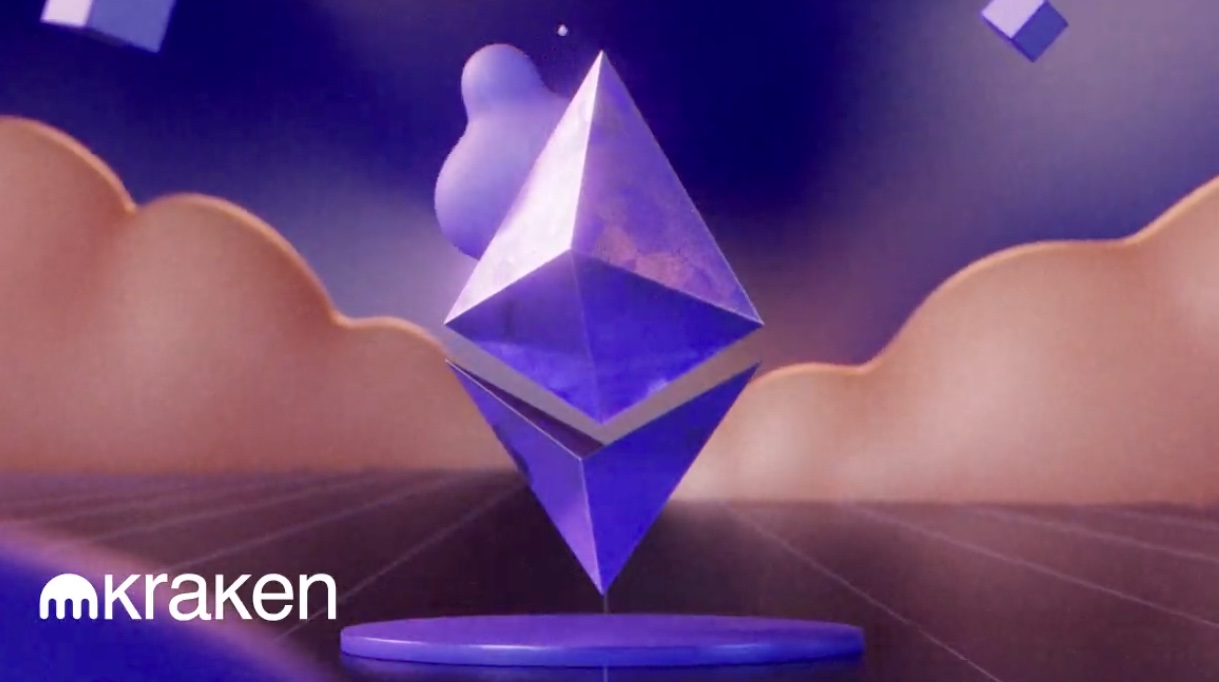Kraken has registered to withdraw 556,272 Ether worth about US$1.17 billion, the largest amount since the Ethereum blockchain’s Shanghai upgrade on Wednesday this week to allow such withdrawals.
Kraken accounted for 63.3% of all staked Ether in the queue for withdrawal as of 1:30 p.m. on Friday in Hong Kong, according to data from blockchain data tracker Nansen.
The withdrawals by Kraken come after the SEC in February fined the exchange US$30 million for failing to register staking programs and forced it to shut down its staking services for U.S. users.
“It’s kind of expected that certain centralized exchanges are initiating withdrawals. That includes Kraken,” Zhuling Chen, chief executive officer of crypto staking service provider RockX, said in an interview on Thursday.
Kraken did not respond to two emails from Forkast requesting comment.
The main feature of Ethereum’s upgrade is allowing users known as validators to withdraw their staked Ether. Such tokens were deposited to support the operations of the Ethereum blockchain, the world’s second-biggest, in return for a passive income, usually in the form of more tokens. As many as 115,200 withdrawals can be processed a day, according to the Ethereum Foundation.
Coinbase, the largest crypto exchange in the U.S., has initiated withdrawal requests of 94,749 Ether, which accounted for 10.8% of the total in the queue, the Nansen data showed. Crypto exchange Huobi has requested withdrawals of 45,072 Ether – about 5.1% of the total in the queue.
“Other than [centralized exchanges], we have not seen a huge volume of withdrawals,” said Chen. He added that in tandem with the exits, there’s a “steady inflow of staked Ether.”
About 107,790 Ether have been staked since the upgrade, while 249,270 Ether have been withdrawn as of 1:30 p.m. in Hong Kong, according to data from Token Unlocks. More than 1 million Ether are in the queue for withdrawal, the data showed.
With around 18 million Ether (US$34.5 billion) – or about 15% of the total supply – staked into the network, according to Etherscan, concerns emerged earlier that holders could rush to withdraw and cash in the token.
But on-chain data provider CryptoQuant said in a report in February it didn’t expect a flood of Ether sales.
“We argue that there would be low selling pressure for Ether from staking withdrawals after the Shanghai upgrade,” CryptoQuant said, adding that the majority of the staked Ether was still holding losses compared to Ether prices when it was staked. Ether reached all time highs of more than US$4,600 in November 2021.
“Typically, selling pressure emerges when market participants are sitting on extreme profits, which is not the case right now for the Ether that has been staked,” CryptoQuant said.
That view seems to be supported in the market. Ether’s price rose 10.54% in the past 24 hours to change hands at US$2,119 and breach the US$2,000 ceiling for the first time since August last year, according to CoinMarketCap data. The token has risen 77% so far this year.
CryptoQuant also pointed out that the currently locked Ether cannot be withdrawn simultaneously, estimating it may take up to a year to withdraw the total value staked in the network.
The Shanghai upgrade is a significant milestone in Ethereum history, as it “eliminates the biggest counterparty risk,” Chen said.
“In the past, you’re basically sending your ETH into a black hole and you’re hoping that [for] indefinite time you can get your ETH back together with the rewards,” he said. “But now actually this promise has been delivered.”






